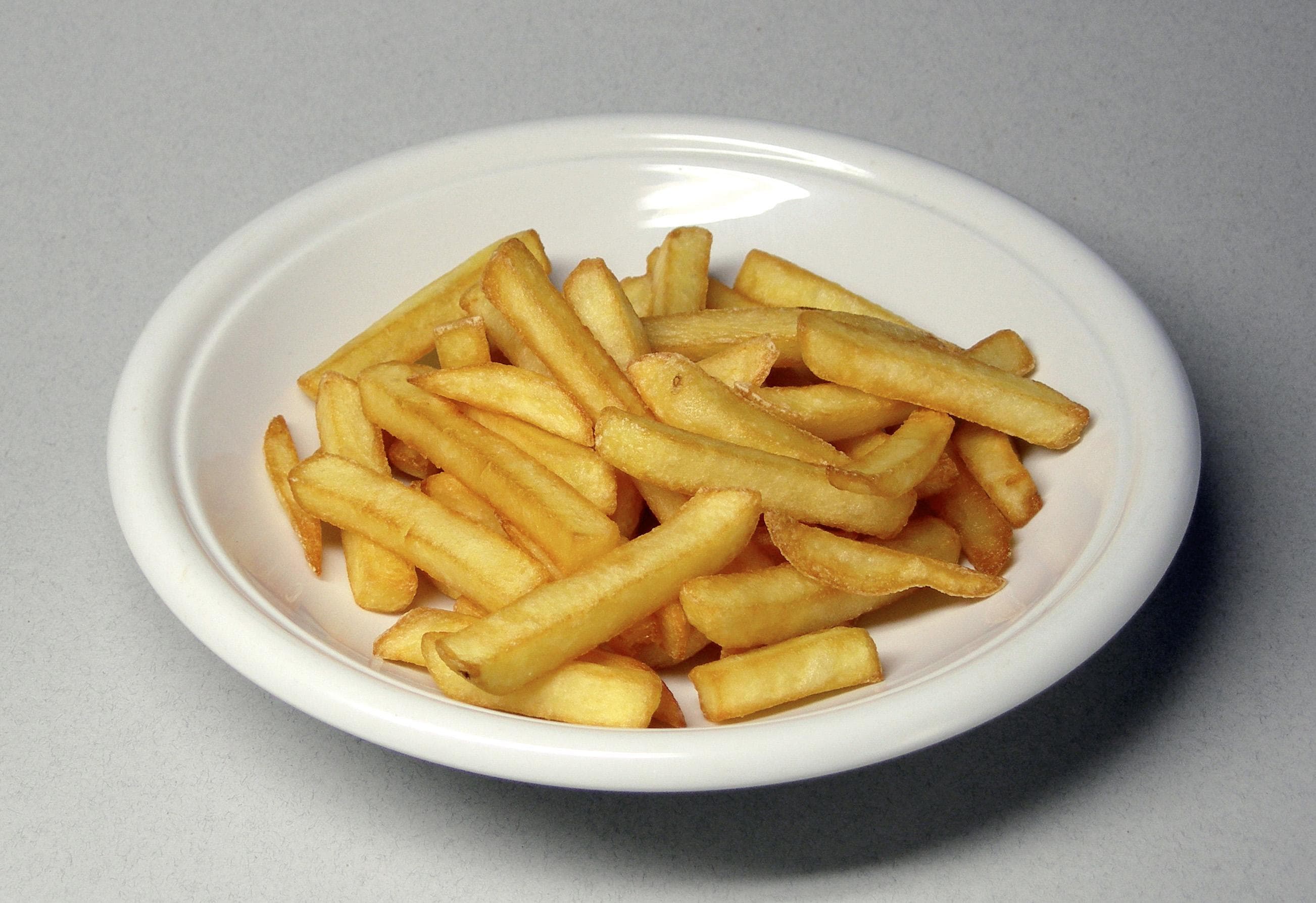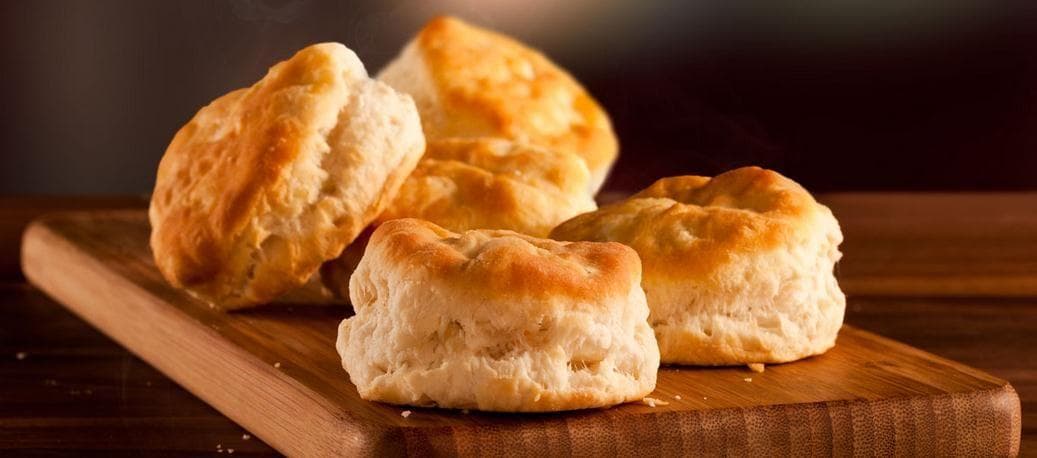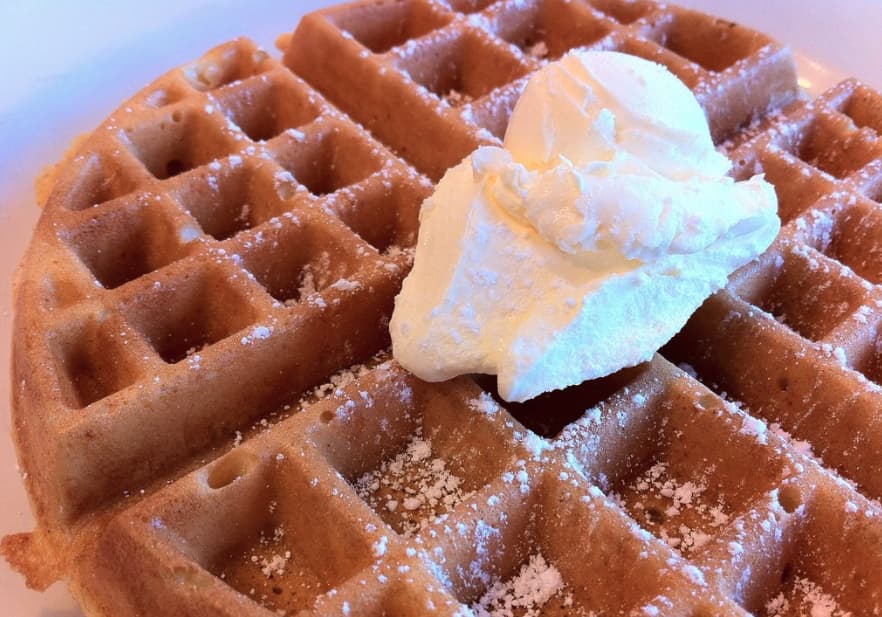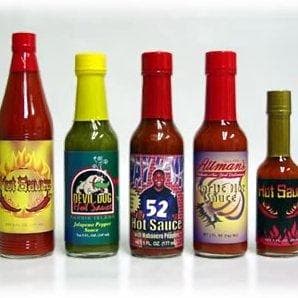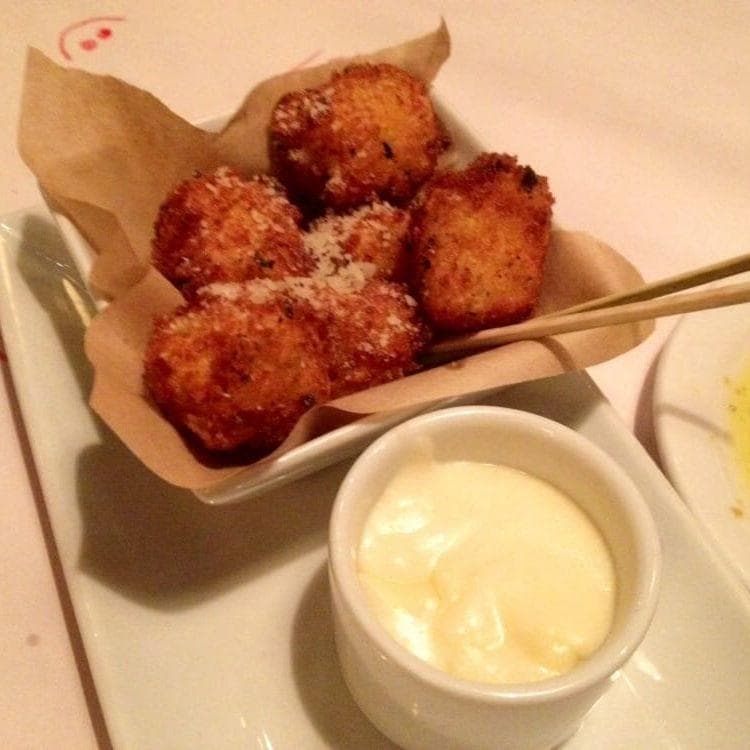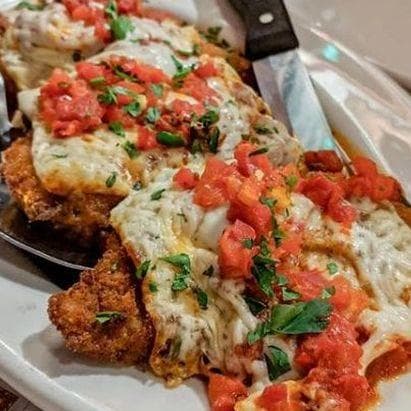-
(#6) Vikings Were Efficient Farmers And Hunters
The Vikings had to keep an eye on the seasons and plan for the year accordingly, but compared to the average medieval person, they had one of the most balanced and nutritious diets. Archeological evidence from latrines and dumps shows that Vikings were pretty resourceful when it came to what they ate. Geography influenced the types of ingredients that were available, and as the Vikings made their way to new areas, they brought their farming and hunting techniques with them. Vikings grew vegetable gardens and even cultivated fruit orchards. They also hunted whatever was available, including elk, boar, deer, bear, and seal.
-
(#8) Some Viking Dishes Didn't Sit Well With The Catholic Church
Since Vikings had to make due with what was available, the types of meat they ate could vary. Fish and other sea creatures were staples throughout the Viking world. In Greenland, Vikings ate a lot of seals, and they may have eaten walrus as well.
Vikings also raised horses as a common source of food before the spread of Christianity. Pope Gregory III issued a papal edict banning the consumption of horse meat in 732 CE due to it's connection to pagan rituals, specifically those meant to honor the Norse god Odin.
-
(#7) Vikings Ate Birds And Their Eggs
Land and sea animals weren't the only protein sources for Vikings. Birds and eggs were also common ingredients in their meals. Based on excavations, the auk, a large bird that is now extinct, was essential to local diets. Vikings also scaled cliffs to track seabirds and lowered themselves using ropes to gather eggs directly from nests. Viking farmers raised domesticated chickens to provide fresh eggs.
-
(#10) They Had Two Regular Meals A Day And Often Ate Leftovers
Vikings ate a meal about an hour after waking up called the dagmal or "day meal." The evening meal, or nattmal, took place after the day's work was complete. The dagmal usually consisted of the previous night's leftover skause with fruit and stale bread on the side. Children might eat porridge made from buckwheat, oats, and millet, with fruit mixed in. Evening meals were more substantial, consisting of more meat and stew. The family gathered to eat meals out of wooden bowls at a communal table.
-
(#9) Vikings Of All Ages Drank Ale Instead Of Water
Water could be dangerous to drink in Viking villages, so ale became a fixture alongside meals. Viking ale derived from malted barley and came in two forms: strong and weak. The weak beer was light enough for children to drink, and served as a general companion to salty stockfish and dried meats. The stronger version was uncorked for festive occasions alongside batches of mead.
Vikings made mead out of fermented honey, but that wasn't the only use for the syrup. Honey was the only sweetener at the Vikings' disposal, and they got creative with it. They added honey to bread and served it with fresh and dried fruit as a dessert.
-

(#3) Boiled Meat Was A Key Ingredient At The Dinner Table
The Vikings' preferred method of cooking meat was to boil it. Hunters often caught reindeer, elk, or even bear, and farmers raised horses, cows, and pigs for consumption. Viking cooks usually boiled the protein in a cauldron over a fire. For unusually large feasts, they would dig pits in the ground, line them with wood, then fill the holes with water and hot stones to get a simmer going.
That boiled meat would form the base of a stew called skause. Skause was the backbone of the Viking diet, since it was always cooking in a Viking kitchen. Once the boiled meat was removed from the cauldron or pit, the liquid would be left behind to cook more vegetables and meat, generating more flavor over days and weeks. When left sitting overnight, a layer of fat would rise to the top of the skause, which both preserved the stew and made it relatively healthier. Sometimes Vikings would cook meat on a spit, but it wasn't as common.
New Random Displays Display All By Ranking
About This Tool
The Vikings have many kinds of traditional foods, but Scandinavia has a cold climate and is not suitable for crop growth. Therefore, they have to trade in exchange for more food. The beef, lamb, pork, and sometimes horse meat are common in Viking diets. In the Viking era, for the needs of navigation, Vikings would also eat a lot of pickled fish. They often only eat two meals a day, breakfast and dinner.
Vikings who often sail far away do not care about table manners. It is indeed a very important thing to be able to eat a meal freely after tiring works. There is random 13 information about Viking diets, you could know their foods are surprisingly healthy.
Our data comes from Ranker, If you want to participate in the ranking of items displayed on this page, please click here.



